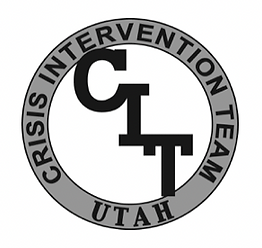|
“The Crisis Intervention Team (CIT) is much more than a training. CIT has resulted in a partnership between law enforcement and behavioral health staff members. More importantly, CIT has facilitated both formal and informal communication between law enforcement and consumers of behavioral health. These interactions have resulted in a higher level of empathy from law enforcement officers and a greater degree of trust from consumers.” In a well-functioning crisis response system, the mental health system is primarily responsible for educating the public about the availability of mental health services, providing treatment and crisis services, and reaching out to people who may need ongoing support to prevent crisis from occurring in the first place. Having a best practice CIT program means that there is a fully integrated crisis response system in place and that mental health professionals take the lead in crisis response and are the initial access point to services whenever possible. This increases connections to mental health services and helps to divert individuals in crisis from the criminal justice system. To assist with safety, law enforcement is still part of the crisis response as needed. But over the long term, this approach leads to fewer encounters between officers and individuals with mental illness—improving the safety for all involved. Questions and AnswersHow do mental health professionals partner with Law Enforcement?
How does CIT reduce trauma?
Why not have a co-responder model?
What type of mental health professional should be a part of CIT?
How can I help get best practice CIT in my community?
Does this Program exist in my area?
|

